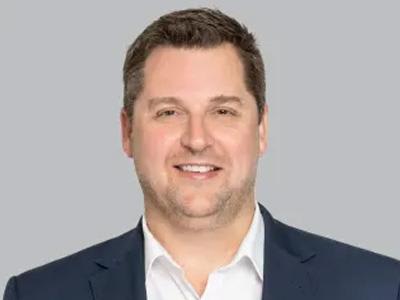Finding yourself struggling under the weight of insurmountable debt is not something most people plan for in life.
Perhaps a single credit card became 3 or 4, or an unexpected life event made paying personal loans or the mortgage impossible. Perhaps as the director of a company, you’ve been held personally liable for the company’s debts, or as a sole trader, you didn’t anticipate a huge end of financial year tax debt.
Now, every time your phone rings or you check your mail, your stomach turns as you anticipate yet another bill or demand for payment. You can’t remember a time when you felt relaxed, and freedom from the stress feels near impossible.
Whatever got you to this point, struggling with debt can place enormous pressure on your health, wellbeing and relationships. And it’s only when you take control of the situation that you can start to recover.
What recovery could look like for you
Recovery from debt may begin with bankruptcy, or a number of other personal insolvency options that depend on:
- how much debt you have

- how many assets you have
- your creditors’ appetite for negotiation
- your likelihood of repaying the debt over time
The Bankruptcy Act defines 4 official options for individuals who can’t pay their debts:
- Declaration of Intention
- Formal debt agreement
- Personal insolvency agreement
- Bankruptcy
Each has its own pros and cons, which you can use to determine if it is or isn’t the right option for you.
Quick reference table for personal insolvency options
Getting support early makes a difference
A creditor can petition to force you into bankruptcy for any debt over $5,000. If the court rules in the creditor’s favour, all options are taken off the table and you will be declared bankrupt for a period of 3 years and 1 day.
Your assets will be sold for the benefit of creditors, and you will face some restrictions during the bankruptcy period. 
However, if you seek the advice of a financial adviser before this happens, you can retain some control over how you deal with your debt.
For example, your adviser may immediately apply for a Declaration of Intention, which stops your creditors from being able to take action against you for 21 days. In that time, you can work with your adviser to develop a plan which could include:
- assessing your debt and assets
- calculating your income and the likelihood of repaying your debt
- negotiating with creditors
This evaluation may lead you to decide on pursuing a formal debt agreement. A debt agreement gives you a set time to pay off the negotiated debt amount. You do not need to deal directly with creditors, and your name will not be permanently added to the National Personal Insolvency Index.
When bankruptcy makes sense
If you decide on a personal insolvency agreement or bankruptcy, taking action before your creditors means you can nominate a trustee of your choice to manage your affairs.
This allows you to select someone you feel comfortable working with, which may make the process less confronting.
Although your agreement or bankruptcy will be permanently recorded, both are a relatively confidential process. There is usually no need to inform your employer, and you don’t need to disclose it to anyone unless you’re legally required to do so (such as in a rent or credit application).
Bankruptcy is not an escape route without consequences, but it’s certainly not all doom and gloom. It could be the best solution to end your months or years of anguish, stop the constant phone calls from creditors, and allow you to re-set your financial affairs while developing a new plan for your future.
To chat with a personal insolvency expert from RSM, contact the restructuring and recovery team at your nearest RSM office.


